Home>Furniture & Design>Kitchen Furniture>What Is A China Cabinet
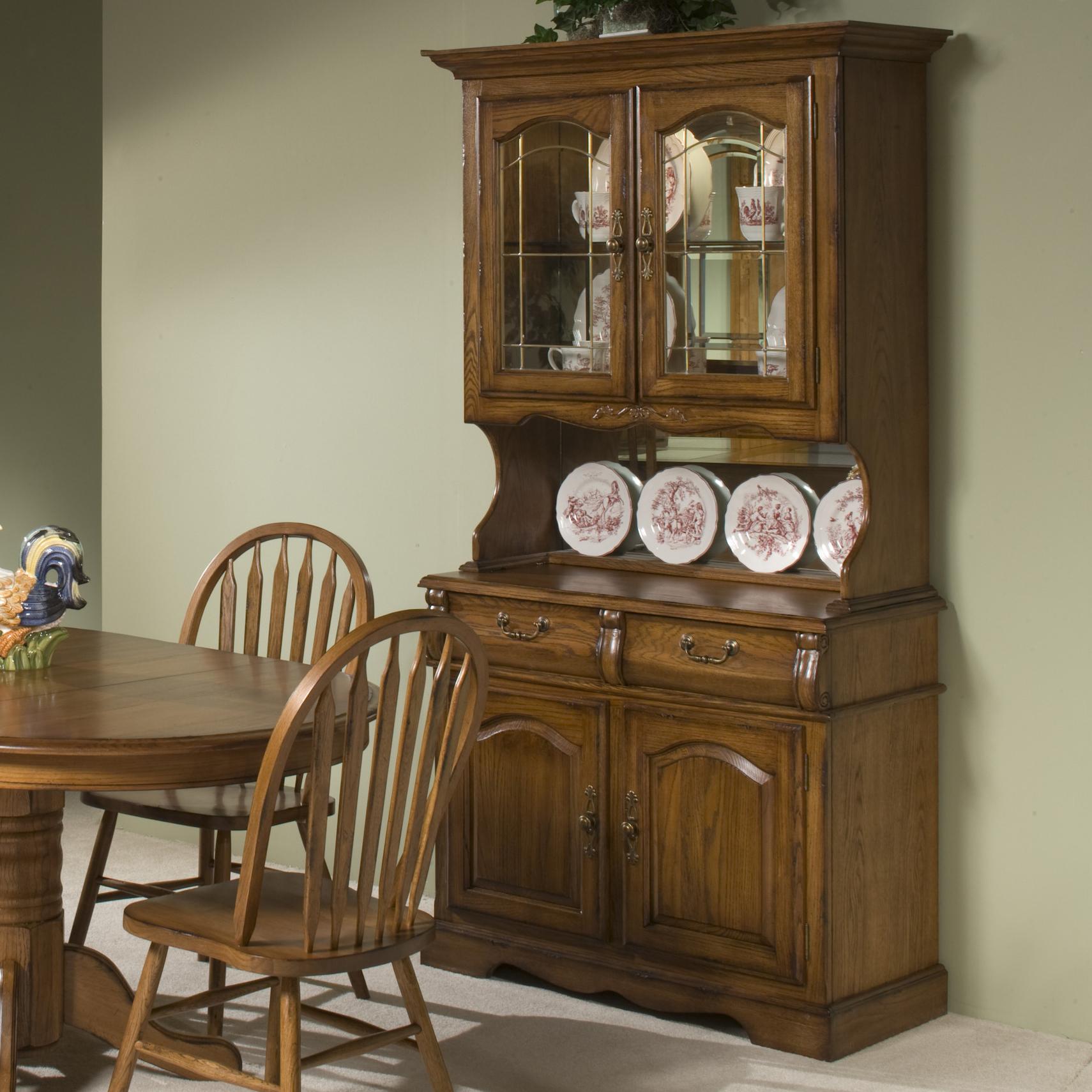

Kitchen Furniture
What Is A China Cabinet
Modified: August 17, 2024
Discover the versatility and functionality of kitchen furniture and design with a stylish china cabinet. Explore our collection for the perfect addition to your home.
(Many of the links in this article redirect to a specific reviewed product. Your purchase of these products through affiliate links helps to generate commission for Storables.com, at no extra cost. Learn more)
**
Introduction
**
Welcome to the world of kitchen furniture and design! In this article, we will delve into the fascinating realm of china cabinets. Whether you are a seasoned connoisseur of furniture or someone embarking on a journey to furnish your home, understanding the intricacies of a china cabinet can greatly enrich your knowledge and appreciation of interior design.
China cabinets are not merely functional pieces of furniture; they are also exquisite works of art that can elevate the aesthetic appeal of any space. As we explore the definition, history, types, uses, selection criteria, and maintenance tips for china cabinets, you will gain a comprehensive understanding of these elegant and versatile furnishings. So, let's embark on this enlightening exploration of china cabinets and discover the beauty and functionality they bring to our homes.
Key Takeaways:
- China cabinets are elegant, functional pieces of furniture designed to showcase and protect valuable items like fine china and glassware. They come in various styles to complement different home decor.
- When choosing a china cabinet, consider factors like style, size, storage needs, material, and placement to ensure it harmonizes with your home and enhances its aesthetic appeal. Regular maintenance is essential to preserve its beauty and functionality.
Read more: What Is A Breakfront China Cabinet
Definition of a China Cabinet
A china cabinet, also known as a china hutch or a breakfront, is a piece of furniture designed to store and display tableware, glassware, and other treasured items. It typically features glass doors and shelves, allowing the contents to be showcased while being protected from dust and damage. The elegant glass panels not only provide a glimpse of the items inside but also add a touch of sophistication to the overall decor.
China cabinets often feature a combination of closed and open storage, with drawers and compartments below the display area for storing linens, silverware, or other dining essentials. The upper section, with its glass doors and shelves, serves as a showcase for fine china, crystal stemware, and decorative pieces, transforming them into a focal point within a room.
Traditionally, china cabinets were used for storing and displaying delicate porcelain dinnerware, hence the name “china” cabinet. However, their functionality has evolved over time, and they are now used to exhibit a wide range of items, including heirlooms, collectibles, and decorative pieces.
History of China Cabinets
The history of china cabinets can be traced back to the 17th century when they first emerged in Europe. Initially, these cabinets were designed to showcase collections of fine china, porcelain, and glassware that were highly prized by the aristocracy. The earliest versions were often standalone pieces, crafted with intricate woodworking and glass panels to provide a clear view of the displayed items.
During the 18th and 19th centuries, the popularity of china cabinets grew, and they became a staple in affluent households across Europe. Their ornate designs and exquisite craftsmanship made them status symbols, reflecting the refined taste and wealth of their owners. As the demand for these elegant display cases increased, skilled artisans and cabinetmakers began producing a diverse range of styles, from Baroque and Rococo to Neoclassical and Victorian, each reflecting the prevailing design trends of the era.
With the advent of the Industrial Revolution, the production of china cabinets became more streamlined, allowing for mass production and making them more accessible to the burgeoning middle class. This shift democratized the ownership of these once-exclusive pieces of furniture, and they became coveted additions to homes of varying social strata.
In the United States, the popularity of china cabinets surged during the late 19th and early 20th centuries. As the country experienced economic prosperity and a burgeoning middle class, households sought to display their cherished possessions in beautifully crafted cabinets. The Arts and Crafts movement also influenced the design of these cabinets, emphasizing simplicity, functionality, and the beauty of natural materials.
Today, china cabinets continue to be cherished as timeless pieces of furniture that blend historical elegance with modern functionality. While their designs have evolved to complement contemporary interiors, their rich history and enduring appeal make them a beloved and versatile addition to any home.
Types of China Cabinets
China cabinets come in a variety of styles, each offering unique features and design elements. Understanding the different types can help you choose the perfect cabinet to complement your home decor and meet your storage and display needs. Here are some common types of china cabinets:
1. Traditional China Cabinets:
These cabinets feature classic designs, often incorporating ornate details, intricate carvings, and rich finishes such as cherry or mahogany. They typically have a formal and timeless appeal, making them ideal for traditional or formal dining spaces. Traditional china cabinets often have crown molding, glass-paned doors, and decorative hardware, exuding an air of elegance and sophistication.
2. Contemporary China Cabinets:
With sleek lines, minimalistic details, and a focus on functionality, contemporary china cabinets offer a modern twist on traditional designs. They often feature clean, geometric shapes, glass shelves, and metal or chrome accents. These cabinets are well-suited for modern and eclectic interiors, adding a touch of understated elegance while providing ample storage and display space.
3. Corner China Cabinets:
Designed to maximize space and fit snugly into corners, these cabinets are space-efficient solutions for smaller dining areas or living spaces. They feature a triangular or pentagonal shape, making them ideal for showcasing collectibles and dinnerware while utilizing unused corner spaces effectively.
4. Display Hutches:
Display hutches are smaller, more compact versions of traditional china cabinets, often featuring open shelving and glass doors. They are versatile pieces that can be used in various rooms, such as kitchens, dining rooms, or living rooms, to display and store a wide range of items, from tableware to decorative accents.
5. Modern Wall-Mounted Cabinets:
For a contemporary and space-saving solution, modern wall-mounted china cabinets offer a stylish and functional way to showcase and store items without taking up floor space. These sleek cabinets can be mounted at eye level, creating a striking display while keeping the floor area open and uncluttered.
When selecting a china cabinet, consider the style, size, and functionality that best suit your space and personal preferences. Whether you prefer a traditional, ornate cabinet or a sleek, modern design, there is a wide range of options to complement your home decor and elevate your interior design aesthetic.
A china cabinet is a piece of furniture used to store and display dishes, glassware, and other dining items. It typically has glass doors and shelves to showcase the items inside.
Uses of China Cabinets
China cabinets serve a multitude of practical and aesthetic purposes, making them versatile and valuable additions to any home. Here are some common uses of china cabinets:
1. Displaying Fine China and Glassware:
One of the primary functions of a china cabinet is to showcase and protect delicate and valuable dinnerware, such as fine china, crystal stemware, and heirloom glassware. The glass doors and shelves provide an elegant backdrop for displaying these cherished items while keeping them safe from dust and damage.
2. Organizing and Storing Tableware:
China cabinets offer ample storage space for organizing tableware, including dinner plates, serving platters, and cutlery. The enclosed compartments and drawers provide a convenient and stylish solution for keeping dining essentials neatly arranged and easily accessible.
3. Highlighting Collectibles and Decorative Pieces:
Besides tableware, china cabinets are perfect for showcasing collectibles, decorative figurines, art pieces, and other cherished items. By incorporating these personal touches into the display, the cabinet becomes a focal point in the room, adding character and personality to the space.
4. Creating a Focal Point in the Room:
Due to their elegant design and ability to showcase treasured items, china cabinets often become a focal point in dining rooms, kitchens, or living areas. Their presence adds visual interest and sophistication to the room, drawing attention to the displayed items and enhancing the overall decor.
5. Adding Storage and Organization:
Aside from their display capabilities, china cabinets offer valuable storage and organizational benefits. With a combination of open shelving, glass doors, and enclosed compartments, they provide a stylish solution for storing and organizing dining essentials, linens, and other household items.
6. Enhancing Interior Design Aesthetics:
From traditional to contemporary styles, china cabinets contribute to the aesthetic appeal of a space. Their design, finish, and placement can complement the existing decor, tying together the elements of the room and enhancing its overall visual appeal.
Whether used in a formal dining room, a cozy kitchen nook, or a living room, china cabinets offer a perfect blend of functionality and elegance, making them indispensable pieces of furniture that enrich the home environment in various ways.
Read more: What To Put In A China Cabinet
How to Choose the Right China Cabinet
Choosing the perfect china cabinet involves considering various factors to ensure that it complements your space, meets your storage needs, and aligns with your personal style. Here are some essential considerations to help you select the right china cabinet:
1. Style and Design:
Consider the overall style and design of your home. Whether your decor is traditional, modern, rustic, or eclectic, choose a china cabinet that harmonizes with the existing aesthetic. Pay attention to details such as the finish, hardware, and decorative elements to ensure that the cabinet enhances the visual appeal of the room.
2. Size and Proportion:
Measure the available space where the china cabinet will be placed to ensure that it fits appropriately without overwhelming or crowding the area. Consider the height, width, and depth of the cabinet, as well as the dimensions of the room, to determine the ideal size and proportion for a cohesive and balanced look.
3. Storage and Display Needs:
Assess your storage requirements and the items you intend to display. If you have a substantial collection of dinnerware and glassware, choose a cabinet with ample shelving and storage compartments. If you plan to showcase decorative pieces, opt for a design that offers open display space and adjustable shelves to accommodate various items.
4. Material and Construction:
Consider the quality of materials and construction to ensure that the cabinet is durable and well-crafted. Solid wood, such as oak, maple, or cherry, is a popular choice for its durability and timeless appeal. Pay attention to details such as dovetail joints, sturdy hardware, and smooth-gliding drawers for a well-constructed piece.
5. Lighting and Visibility:
If you intend to showcase delicate items, consider a china cabinet with built-in lighting to illuminate the display. Adjustable or touch-activated lighting can enhance the visibility of the contents and create a captivating visual effect, especially in the evening or dimly lit spaces.
6. Placement and Room Coordination:
Consider the placement of the china cabinet within the room. Whether it will be positioned against a wall, in a corner, or as a standalone piece, ensure that it integrates seamlessly with the surrounding furniture and decor. Coordinate the style, finish, and color of the cabinet with the existing furnishings for a cohesive look.
By carefully considering these factors, you can select a china cabinet that not only meets your practical needs for storage and display but also enhances the overall aesthetic of your home, creating a harmonious and inviting interior space.
Maintenance and Care of China Cabinets
Proper maintenance and care are essential for preserving the beauty and functionality of your china cabinet. Whether your cabinet is a cherished heirloom or a recent acquisition, following these guidelines will help maintain its pristine condition for years to come:
1. Regular Dusting and Cleaning:
Dust the exterior and interior of the cabinet regularly using a soft, lint-free cloth to prevent the accumulation of dirt and debris. For glass panels, use a glass cleaner or a solution of mild detergent and water to maintain transparency and shine.
2. Avoid Direct Sunlight:
Position the cabinet away from direct sunlight to prevent fading or discoloration of the wood finish and the items displayed inside. Prolonged exposure to sunlight can also lead to heat damage and deterioration of delicate collectibles.
3. Use Furniture Polish Sparingly:
Apply furniture polish sparingly and only as needed to maintain the luster of the wood. Avoid using silicone-based polishes, as they can create a residue that attracts dust and may damage the wood over time. Opt for high-quality, non-abrasive polishes suitable for the specific type of wood.
4. Check and Tighten Hardware:
Periodically inspect the cabinet’s hardware, including handles, hinges, and knobs, to ensure they are secure and functioning properly. Tighten any loose screws or hardware to prevent damage and maintain the structural integrity of the cabinet.
5. Prevent Moisture and Humidity Damage:
Control the humidity levels in the room where the cabinet is located to prevent warping, cracking, or mold growth. Use a dehumidifier in damp environments and consider placing moisture-absorbing packets inside the cabinet to protect its contents.
6. Protect Against Scratches and Impact:
Use felt or fabric pads on the bottom of items placed inside the cabinet to prevent scratches and protect the shelves. Avoid slamming doors and drawers to prevent damage to the cabinet’s structure and finish.
7. Inspect and Clean Lighting Fixtures:
If your cabinet features built-in lighting, inspect the fixtures periodically and clean them as needed to ensure optimal illumination. Replace any burnt-out bulbs promptly to maintain consistent lighting for the displayed items.
8. Professional Restoration and Repair:
If your china cabinet requires restoration or repair due to damage or wear, consider consulting a professional furniture restorer or cabinetmaker. They can address issues such as scratches, dents, or water damage and restore the cabinet to its original beauty.
By incorporating these maintenance practices into your routine, you can safeguard the longevity and allure of your china cabinet, preserving its elegance and functionality for generations to come.
Conclusion
From their historical significance to their multifaceted uses, china cabinets stand as timeless symbols of elegance, functionality, and refined craftsmanship. These versatile pieces of furniture not only provide a secure and stylish haven for cherished items but also serve as captivating focal points that enrich the aesthetic appeal of any space.
As you embark on the journey of selecting a china cabinet for your home, remember to consider the interplay of style, size, and practicality. Whether you opt for a traditional, ornate design or a sleek, contemporary model, your choice will undoubtedly enhance the ambiance of your living space while offering valuable storage and display solutions.
Furthermore, the care and maintenance of your china cabinet are crucial for preserving its beauty and integrity. By implementing simple yet effective maintenance practices, you can ensure that your cabinet remains a source of pride and admiration for years to come.
Ultimately, the allure of a china cabinet lies in its ability to transcend mere functionality and become an embodiment of cherished memories, treasured possessions, and timeless elegance. As you welcome this exquisite piece of furniture into your home, may it continue to inspire and enrich your living environment, becoming a testament to the enduring legacy of craftsmanship and design.
With its storied history, diverse styles, and enduring appeal, the china cabinet stands as a testament to the artistry and functionality of furniture design, offering a timeless blend of beauty and utility that resonates across generations.
Frequently Asked Questions about What Is A China Cabinet
Was this page helpful?
At Storables.com, we guarantee accurate and reliable information. Our content, validated by Expert Board Contributors, is crafted following stringent Editorial Policies. We're committed to providing you with well-researched, expert-backed insights for all your informational needs.
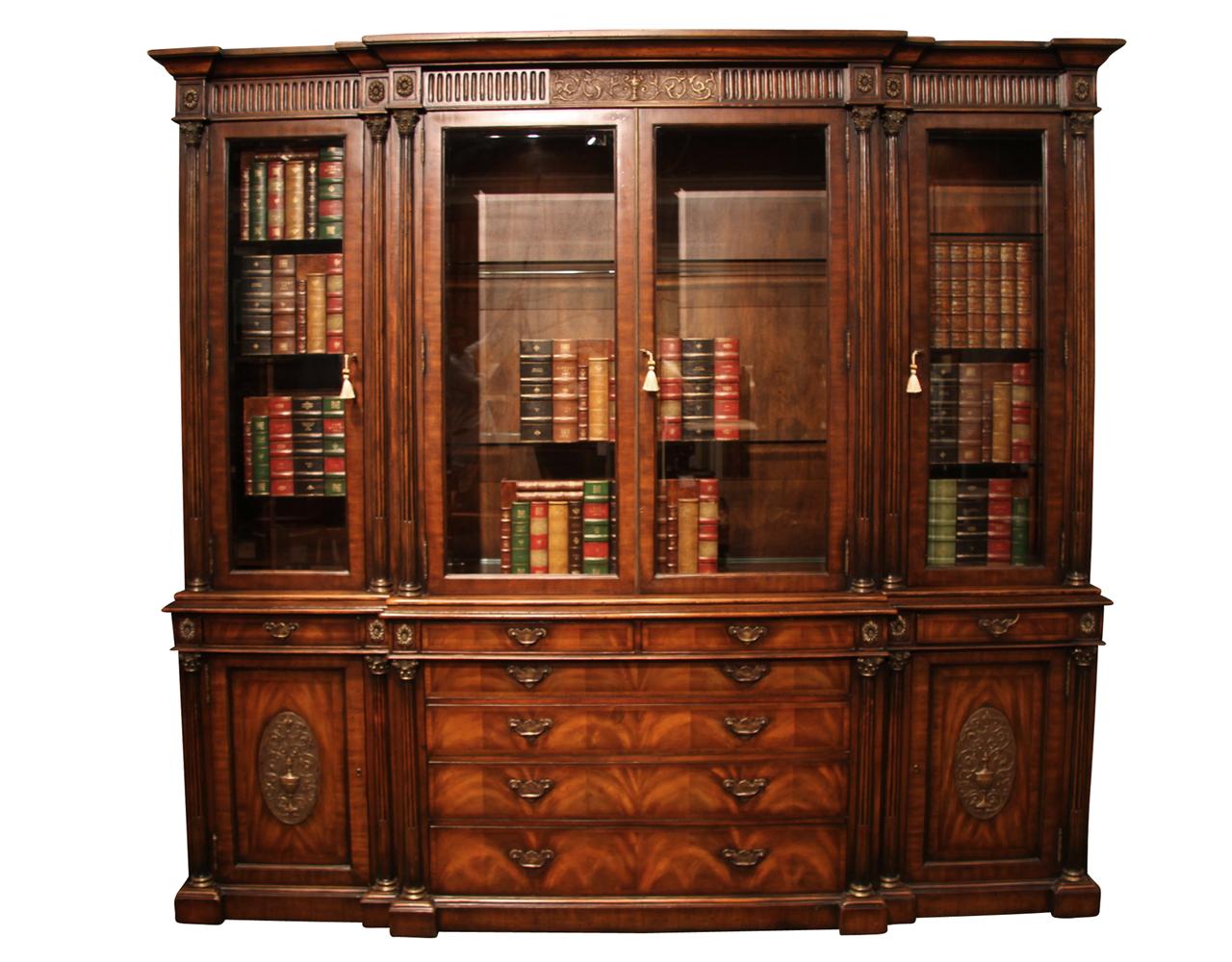
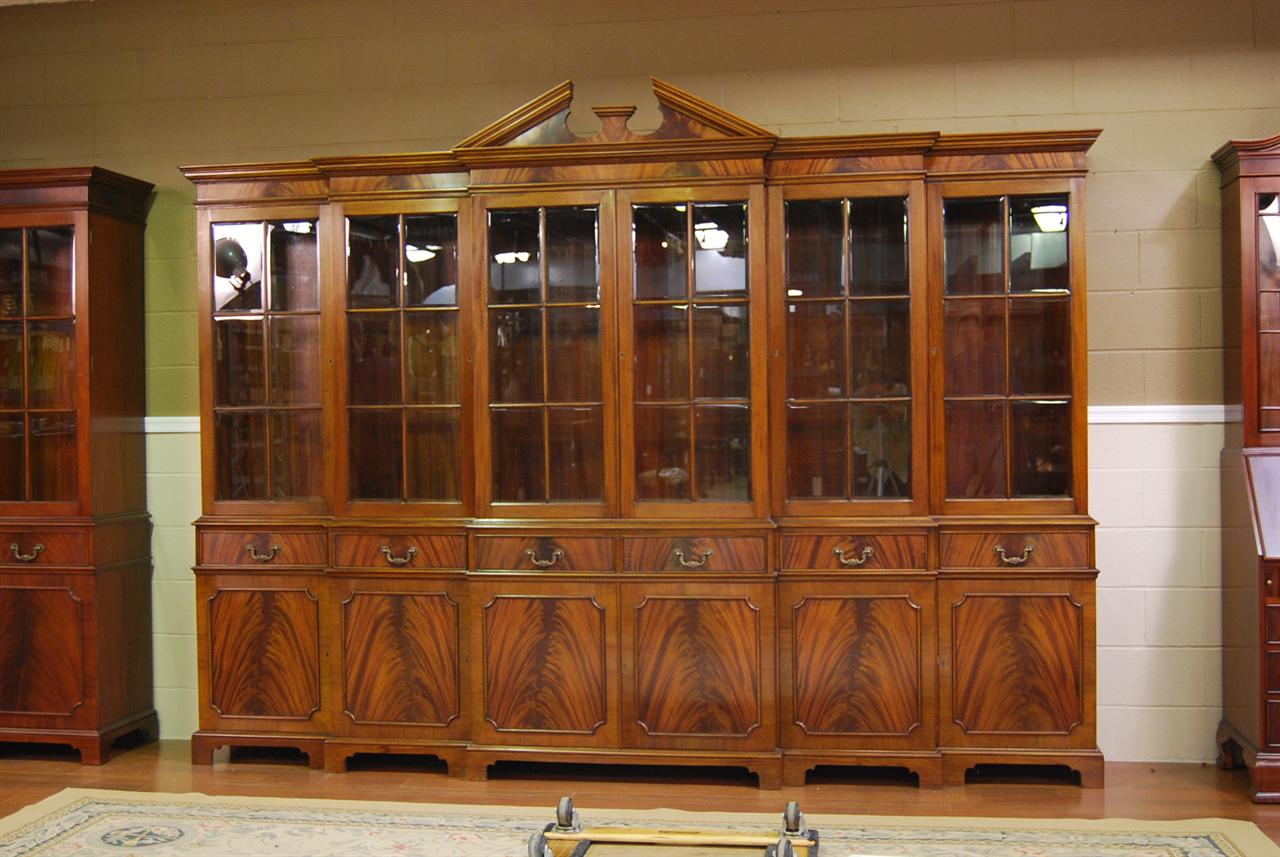
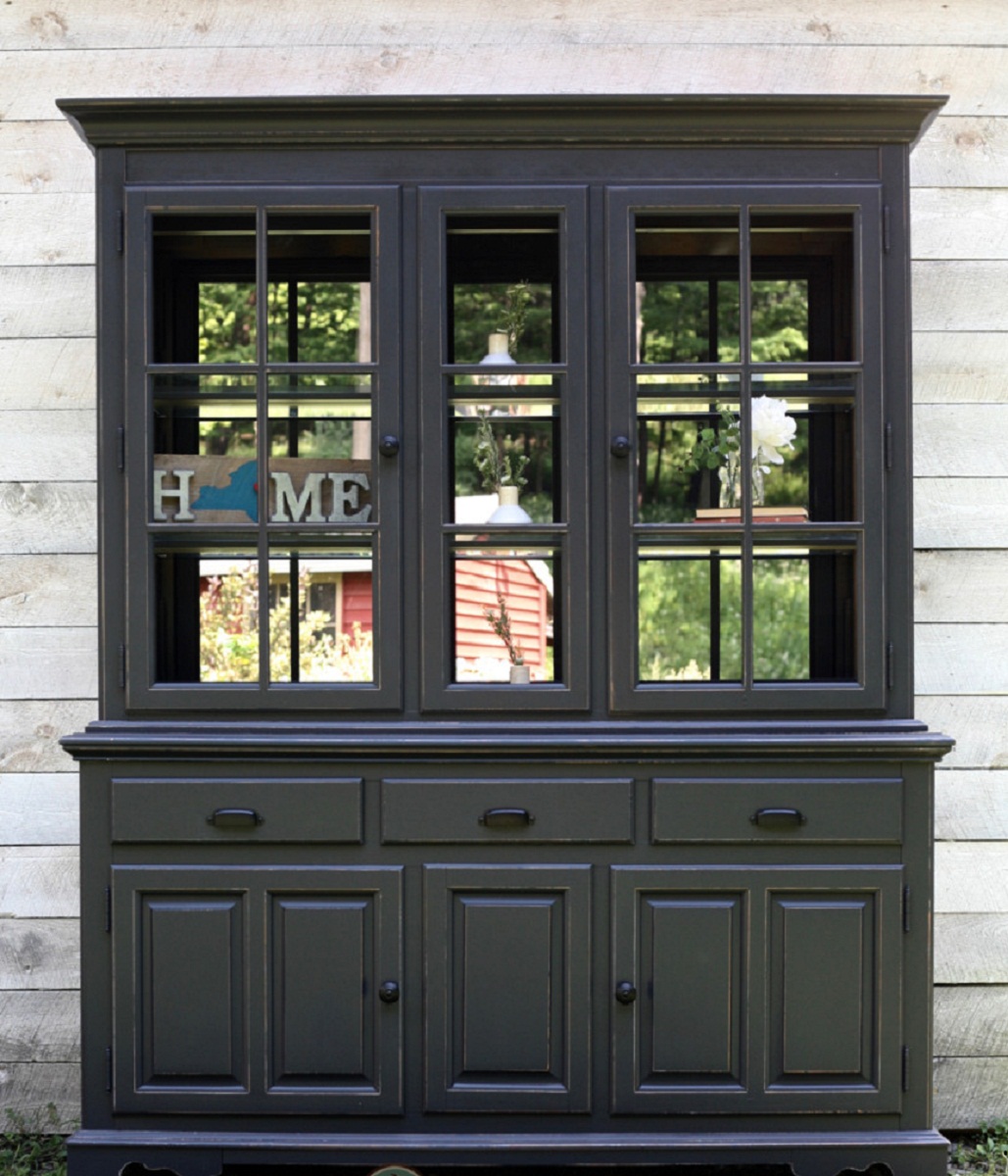
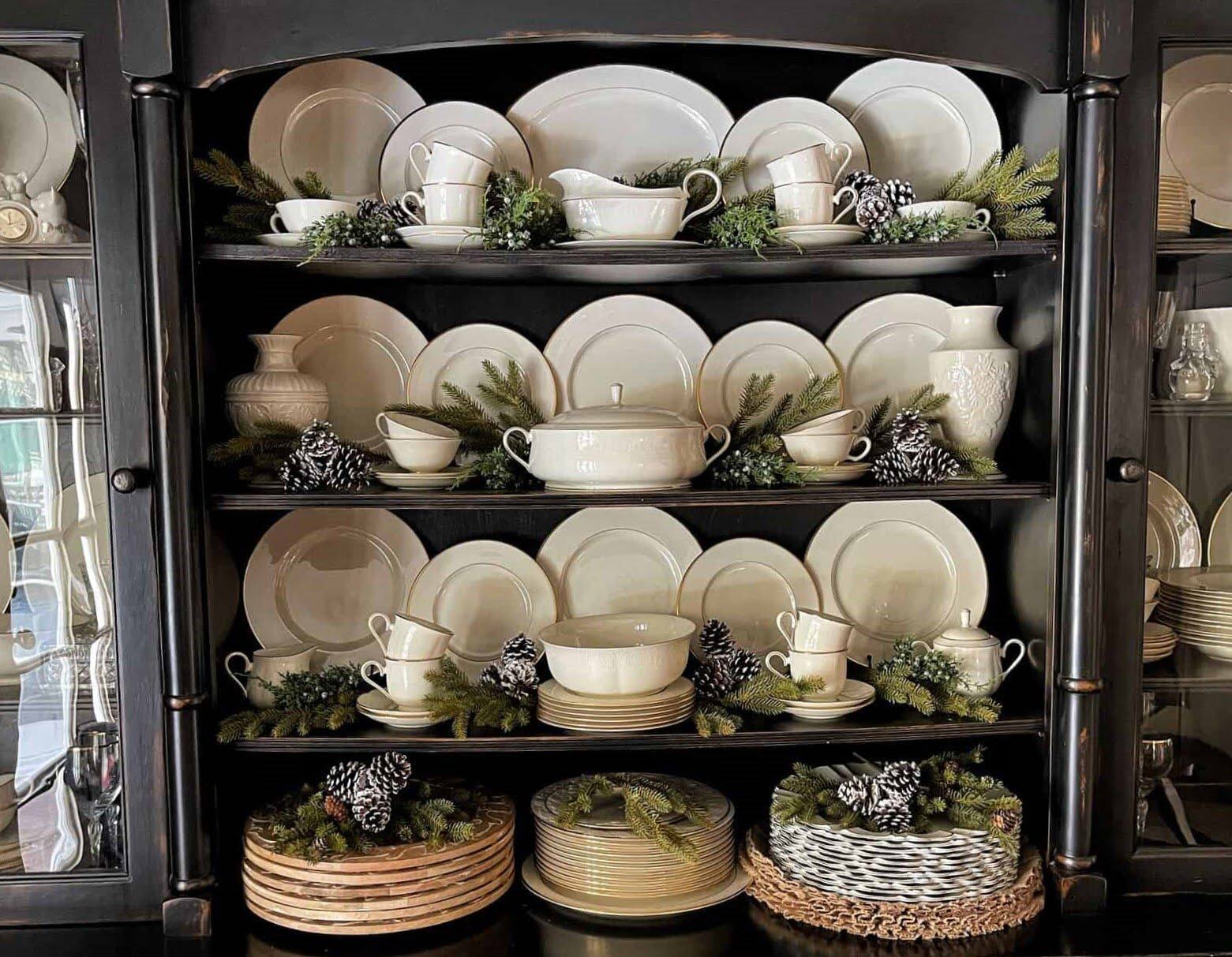
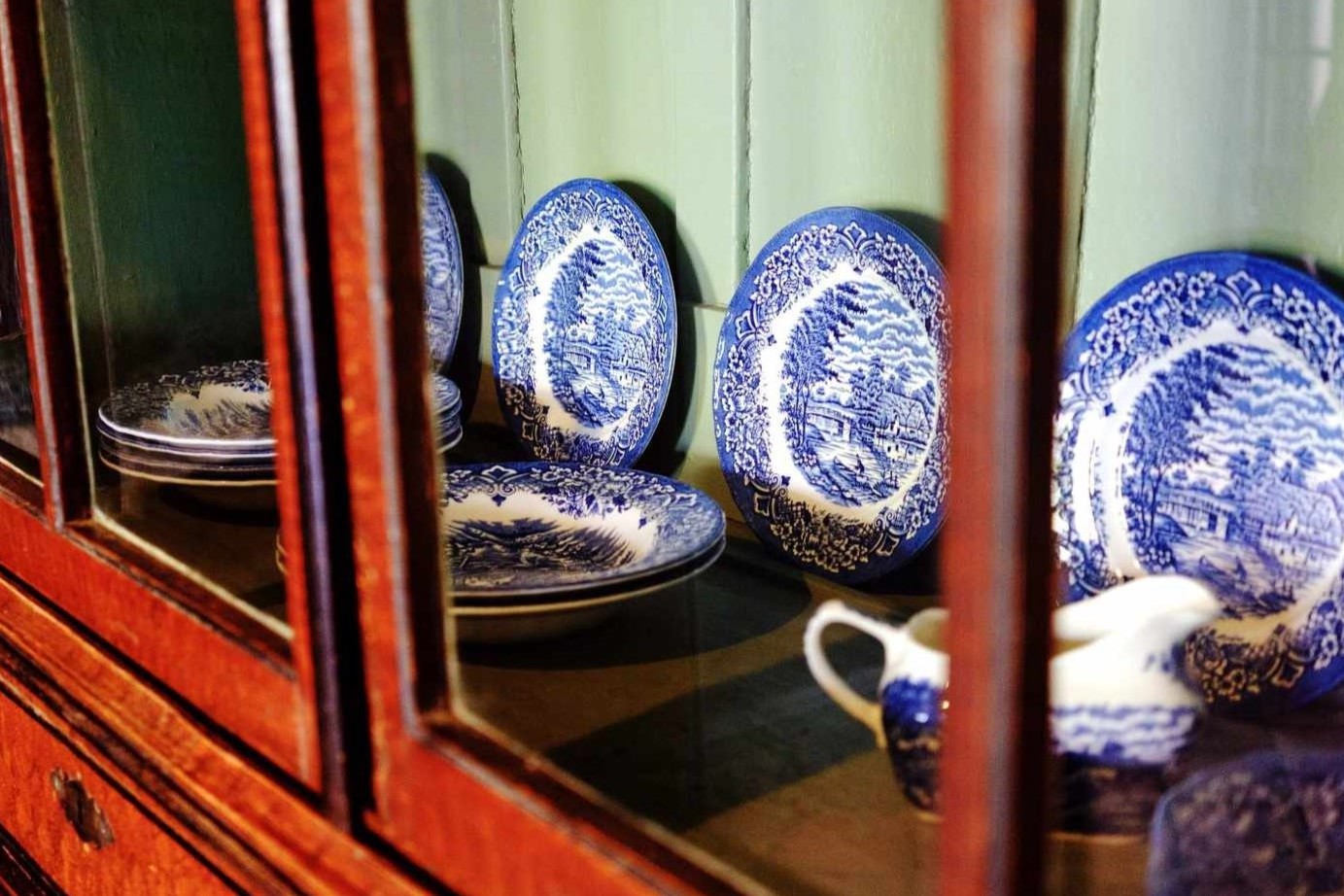
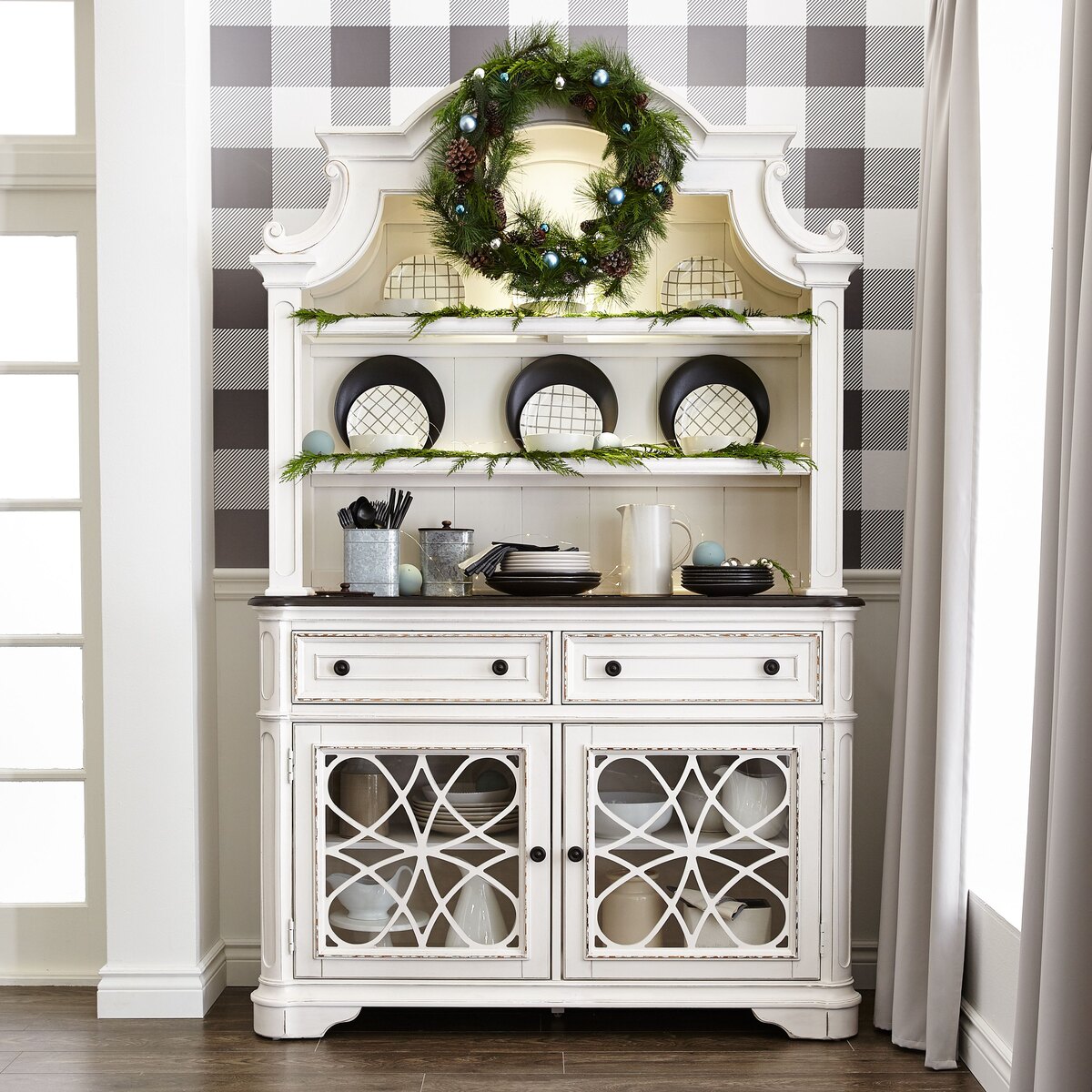
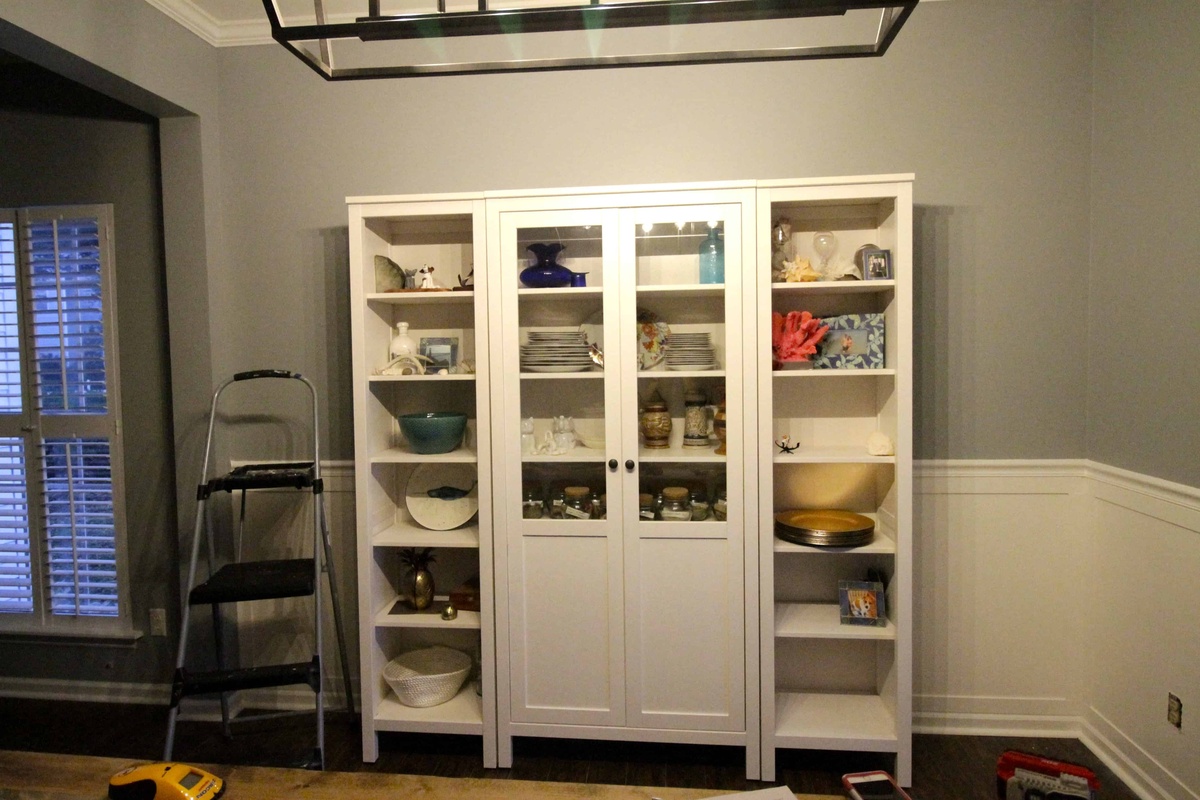
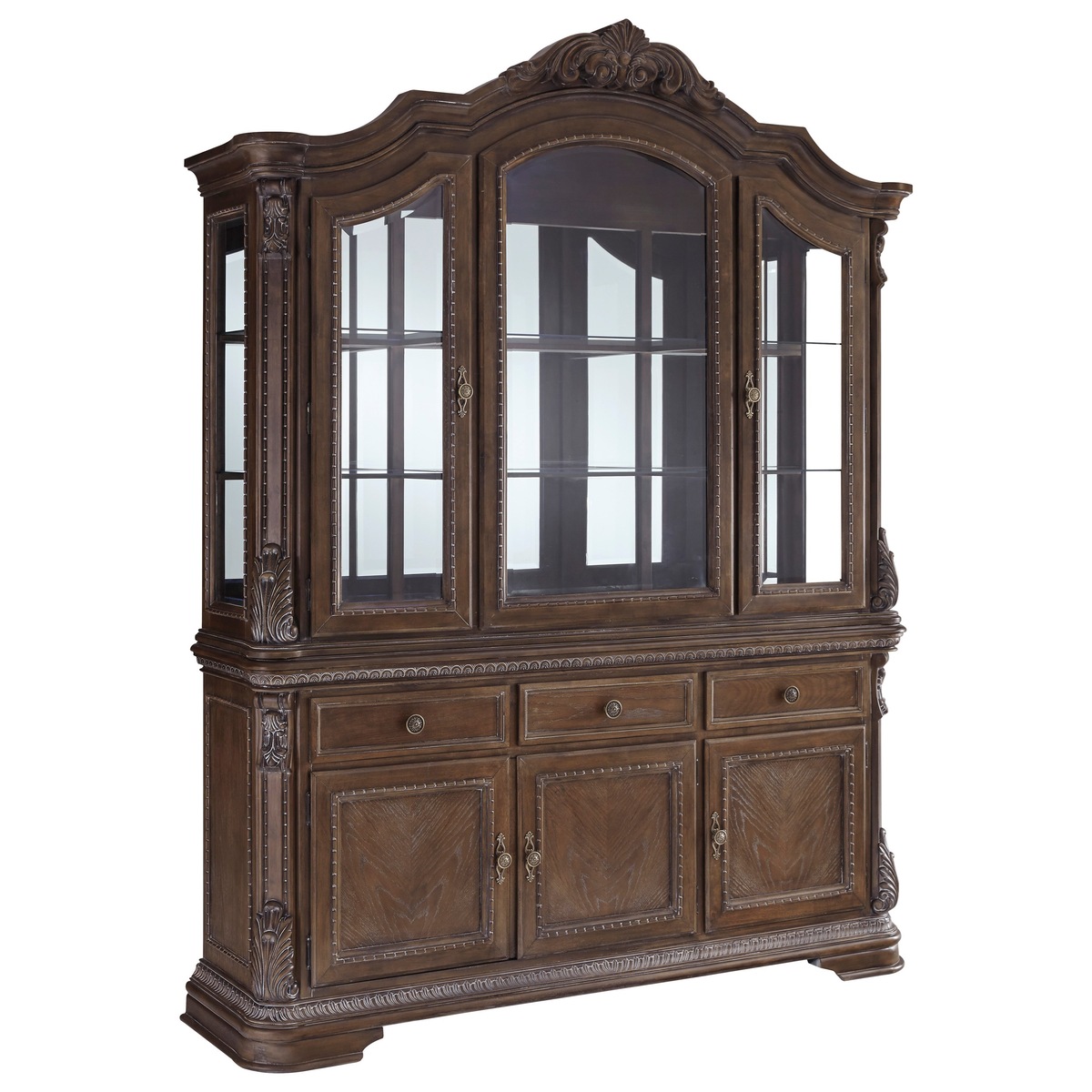
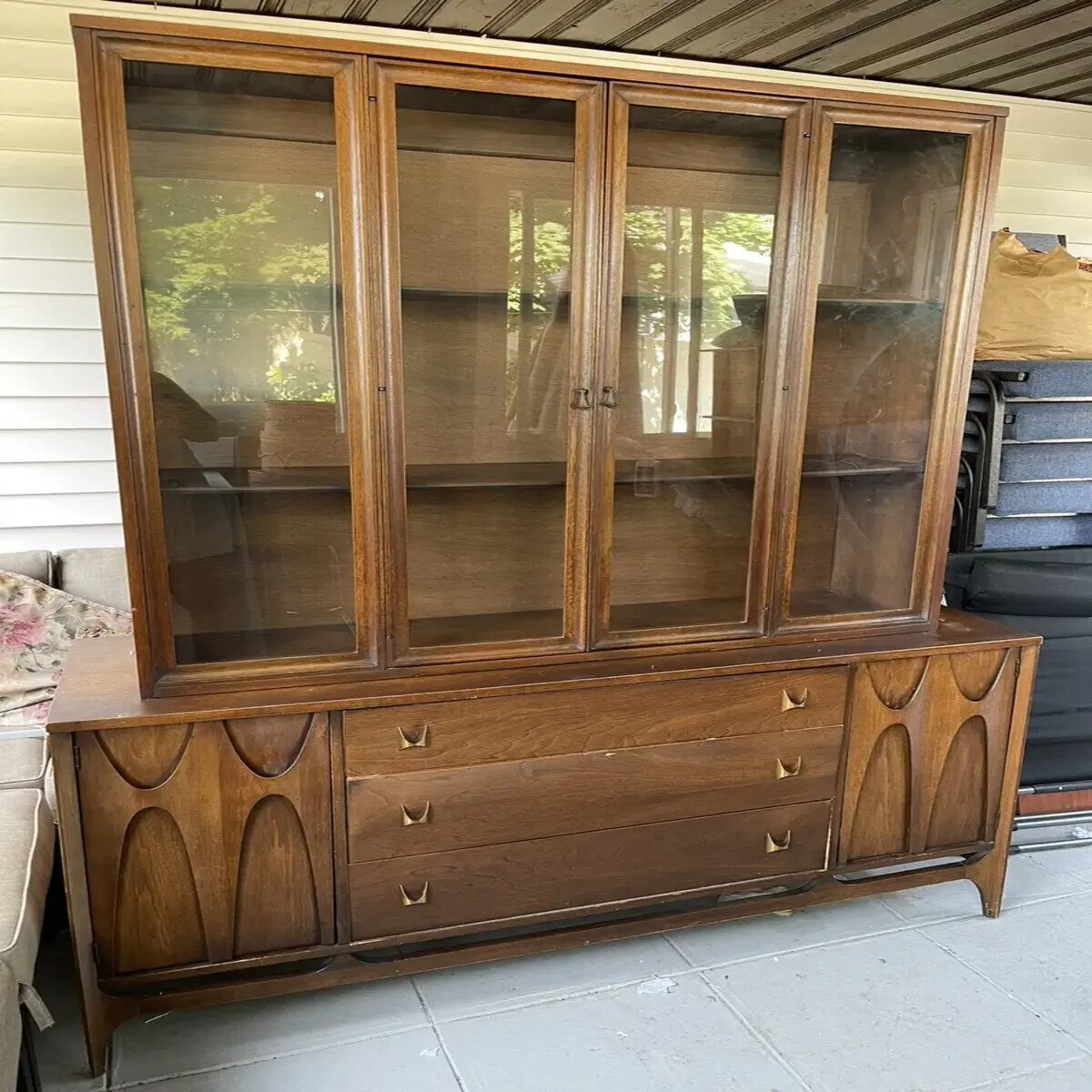

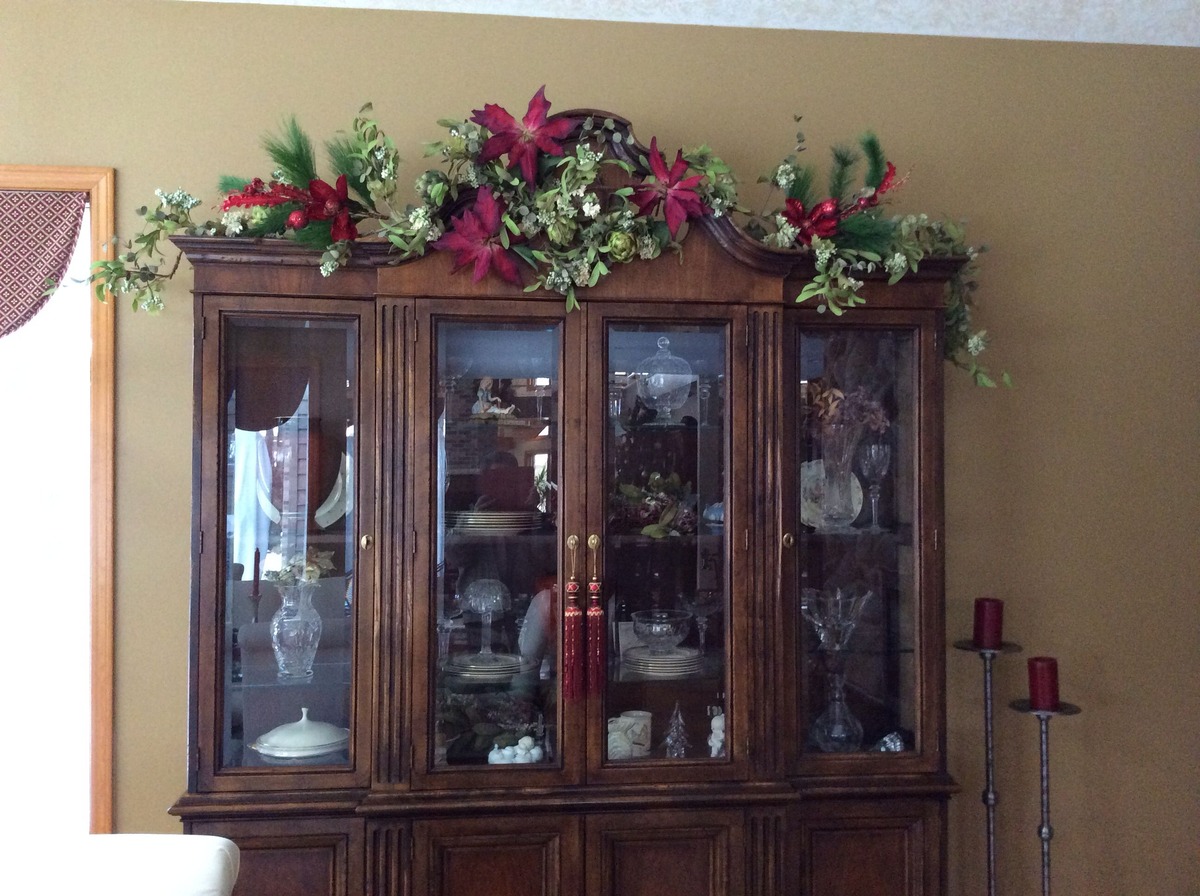
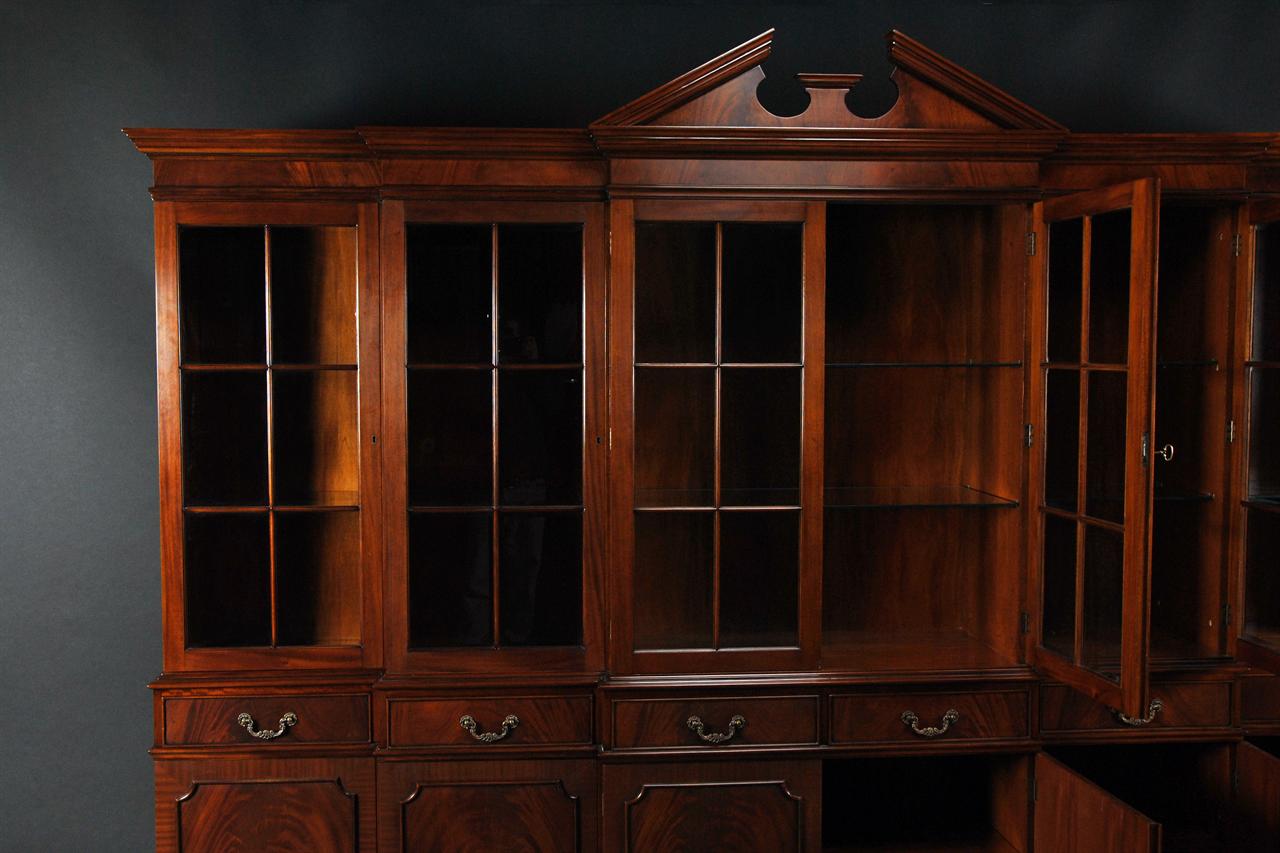
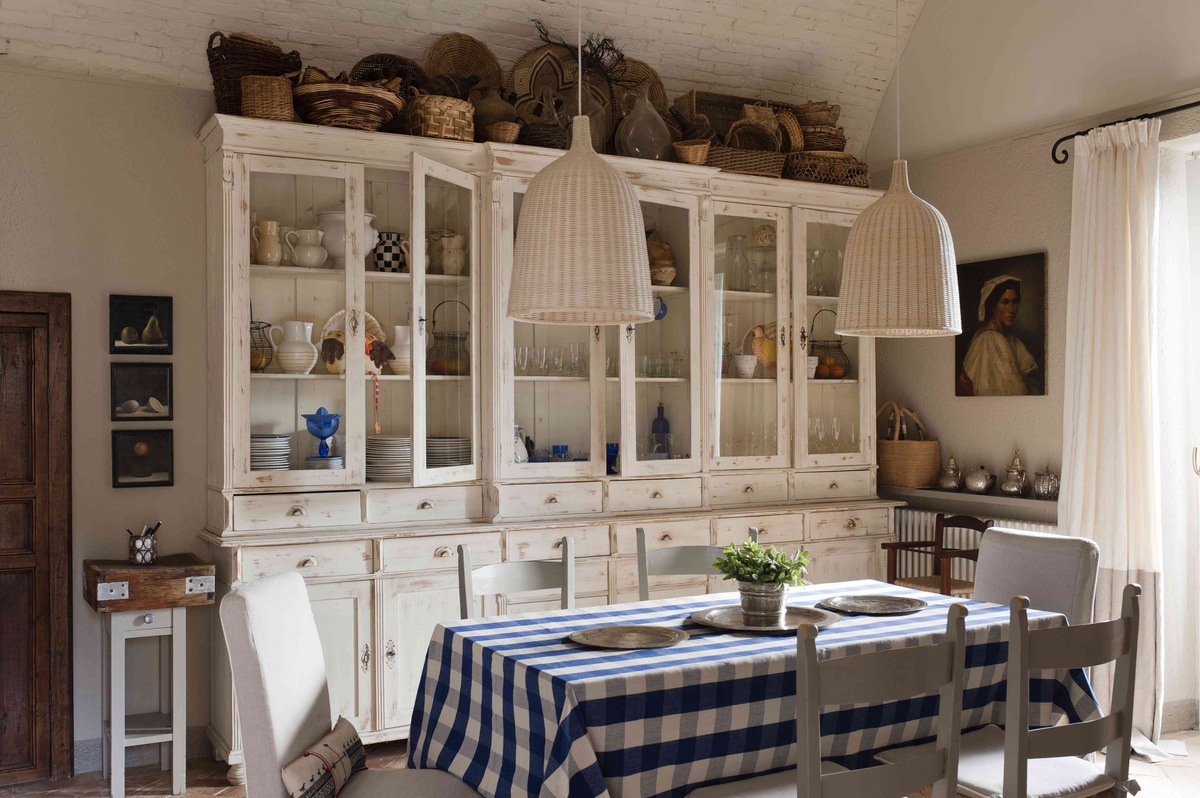
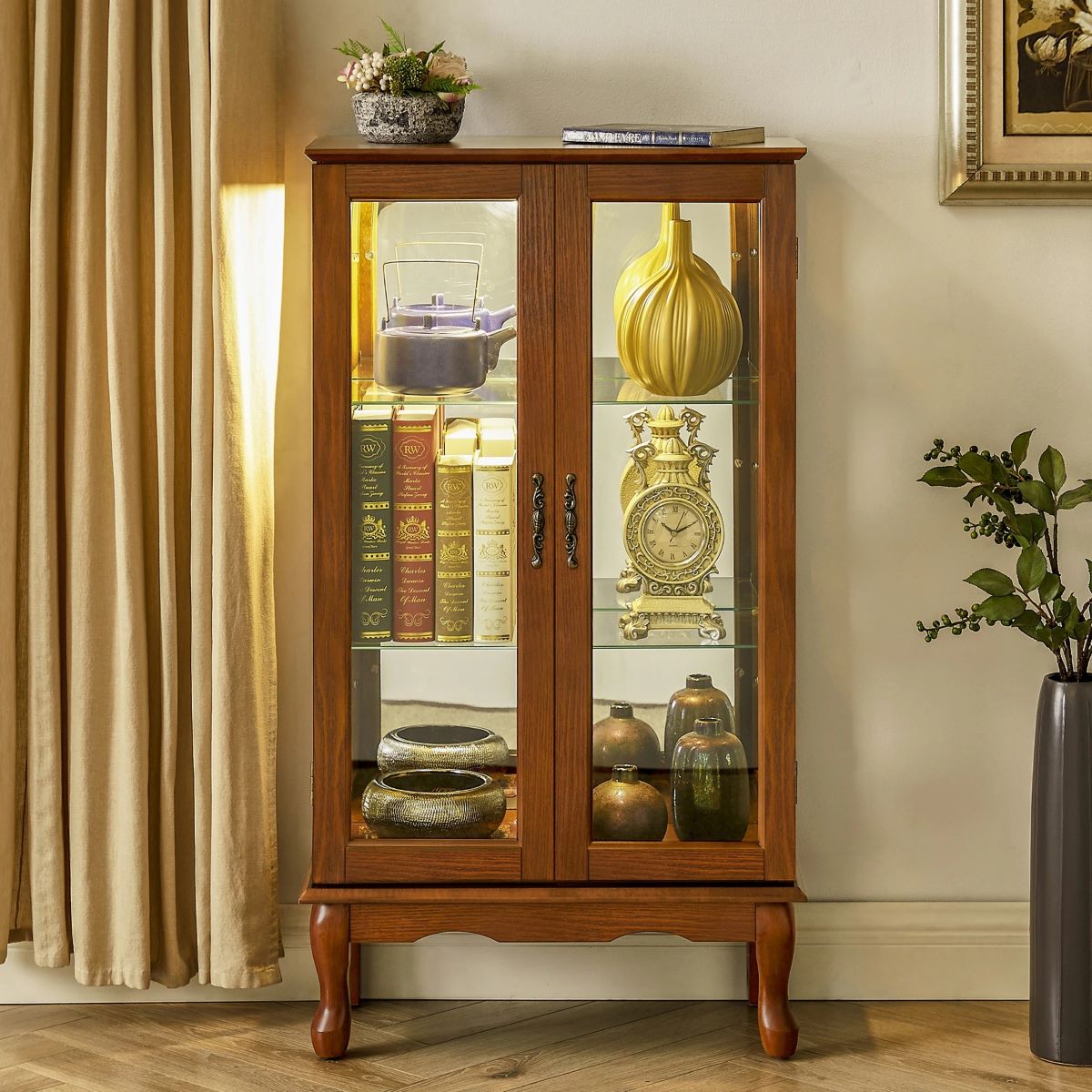

0 thoughts on “What Is A China Cabinet”